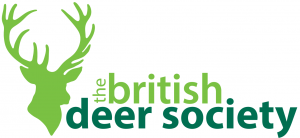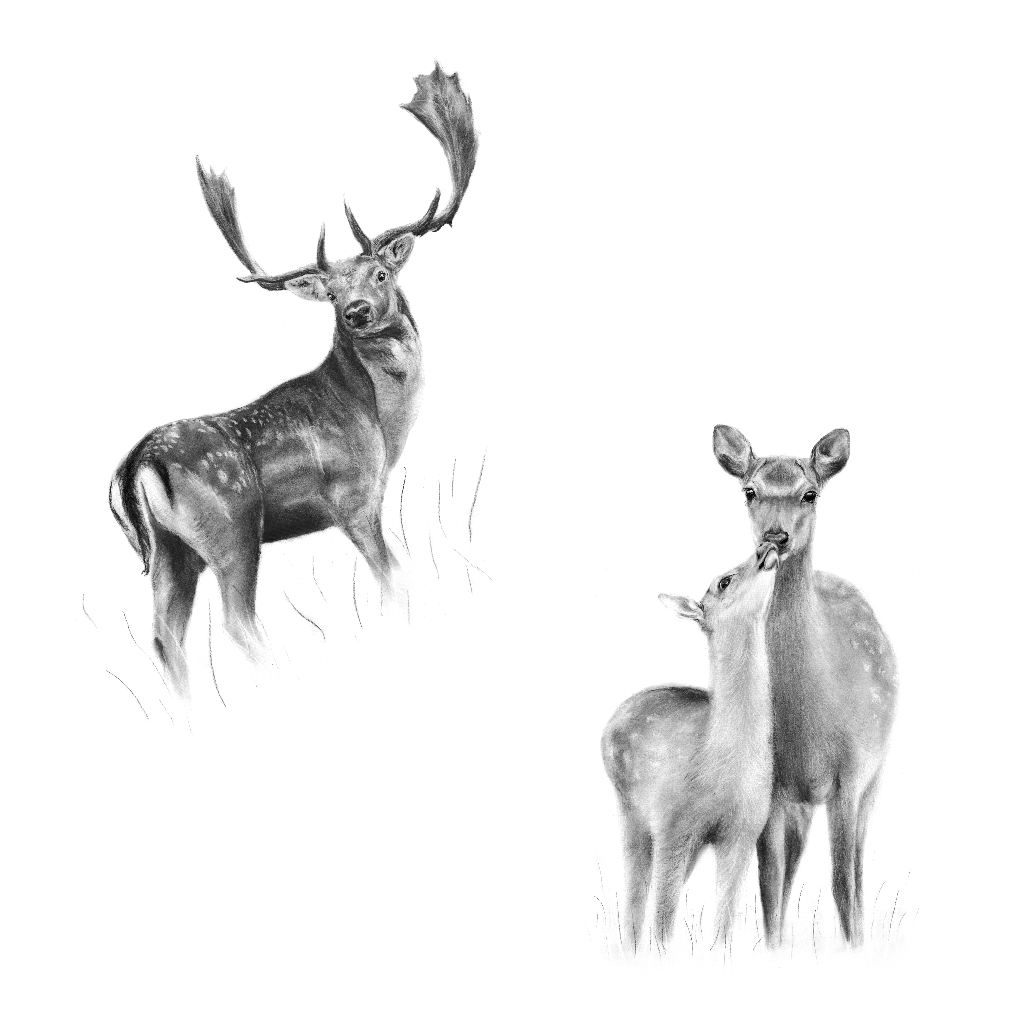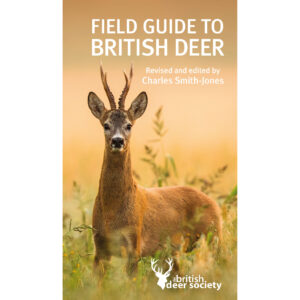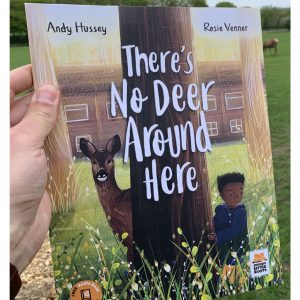Striking the Balance: A Humane Approach to Deer Population Management
Share article:
Article by:
Policy, Support and Advice Team, British Deer Society
Striking the Balance: A Humane Approach to Deer Population Management
Recent articles in the media have sparked discussions around the management of deer populations, prompting the British Deer Society to reaffirm its stance on the humane culling of deer as a preferred method for population control. In response to these concerns, the Society emphasises the need for a comprehensive approach that considers ecological balance, habitat conservation, and potential human-wildlife conflicts. This article considers the charity’s viewpoint, highlighting our commitment to effective and humane deer population management.
The Need for Comprehensive Deer Population Management:
Managing deer populations is a complex task that goes beyond merely controlling numbers. It requires a holistic approach that considers the intricate balance of ecosystems, the preservation of habitats, and addressing potential conflicts between humans and wildlife. The British Deer Society advocates for a strategy that combines regulated hunting, habitat restoration, and ongoing population monitoring to ensure the overall health and sustainability of both the deer population and the surrounding environment.
Humane Culling Practices:
The British Deer Society strongly supports the use of humane practices in culling to minimise unnecessary suffering and promote ethical wildlife management. In this regard, the BDS refers interested parties to its research on shooting accuracy and wounding rates of managed wild deer. Notably, the key statistic highlighted is that 93% of all culled deer were killed outright, indicating a commitment to swift and humane population control.
Interested readers are encouraged to explore the detailed information provided in the research, which can be found here: https://bds.org.uk/science-research/supported-projects-past-and-present/factors-associated-with-shooting-accuracy-and-wounding-rate/
Alternative strategies proposed by those opposing the culling of deer, such as drastic measures like eliminating food sources to compel deer relocation or curbing their reproductive capacity, are frequently found to be impractical, inappropriate, or even inhumane. Unfortunately, contraception, often recommended for reducing deer populations, is currently unfeasible in wild deer due to challenges in efficient medication delivery and potential adverse effects on the broader environment.
Addressing Shooting Accuracy and Wounding Rates:
To further enhance the effectiveness of deer culling, the British Deer Society emphasises that continuous training, increased practice, and developing experience can contribute to reducing the potential for deer being inadvertently wounded during culling operations. By focusing on improving the skills of those involved in the culling process, the charity aims to minimise any potential negative impacts on the welfare of the deer population.
Advocating for a Balanced Approach:
In conclusion, the British Deer Society is a proponent of a balanced and humane approach to managing deer populations. By considering the broader ecological context, emphasising the importance of accurate culling methods, and actively promoting research and training, the charity aims to contribute to the long-term health and sustainability of both deer and their natural habitats.
As discussions on deer management continue, the British Deer Society stands firm in its commitment to fostering a harmonious coexistence between humans and wildlife, advocating for practices that are not only effective but also compassionate.

FIND OUT MORE
The British Deer Society is a charity working to improve awareness and understanding about deer, deer welfare and deer management. You can add your voice today by:











